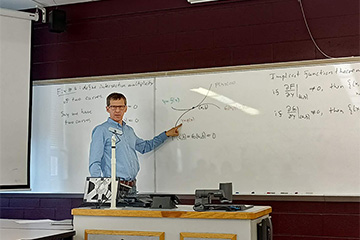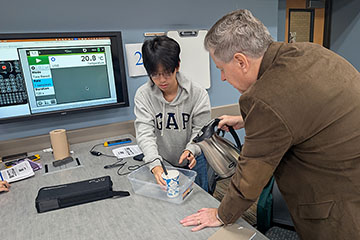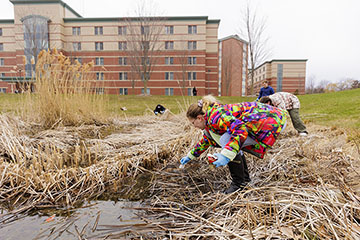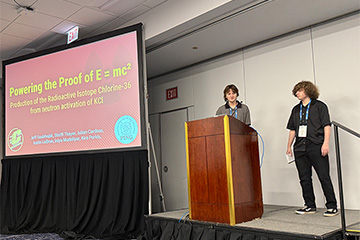CMU partners on $1.8 million NSF grant to study evolution
Research on African cichlid fish explores how male competition drives new species and biodiversity
Central Michigan University has received nearly $900,000 as part of a five-year, $1.8 million grant from the National Science Foundation to investigate how competition between males may drive the creation of new species. The award, led by CMU biology faculty member Dr. Peter Dijkstra, marks a major achievement for the university as it builds its reputation for high-level biological research.
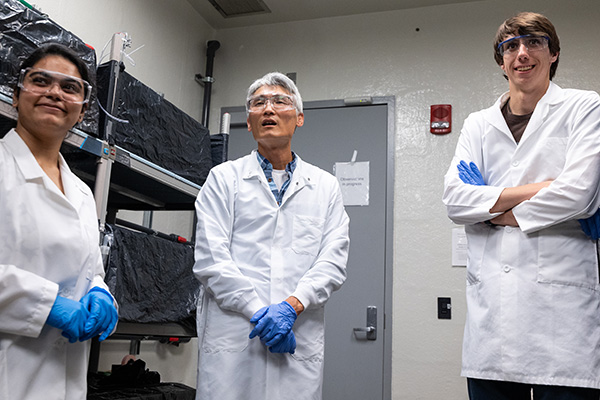
The project centers on African cichlid fish from Lake Victoria, one of the world’s most striking examples of biodiversity. In just a short span of geological time, a single ancestral cichlid population in the lake exploded into more than 500 species, a phenomenon known as adaptive radiation.
“Male-male competition is a powerful evolutionary force, but we still know little about the mechanisms that link social behavior to biodiversity,” Dijkstra said. “This project brings together genetics, neuroscience, and behavior to answer fundamental questions, while also preparing the next generation of scientists.”
How fish fights reveal evolution in action
The team is focusing on two closely related species, red male Pundamilia nyererei and blue male P. pundamilia. A central puzzle is how males decide who to be aggressive toward. Surprisingly, males often prefer to fight rivals of their own color. This “aggression bias” could be one of the forces that splinter populations into distinct species.
To unravel the mystery, researchers are combining three lines of investigation: They will first track down the genes tied to body color and aggression. Then they will test how growing up around different colored fish shapes who males choose to fight. And finally, they will study how dopamine and other neural pathways regulate aggression and social decision-making. By tracing aggression from genes to behavior, the team hopes to reveal the biological blueprint that makes speciation possible.
Why it matters
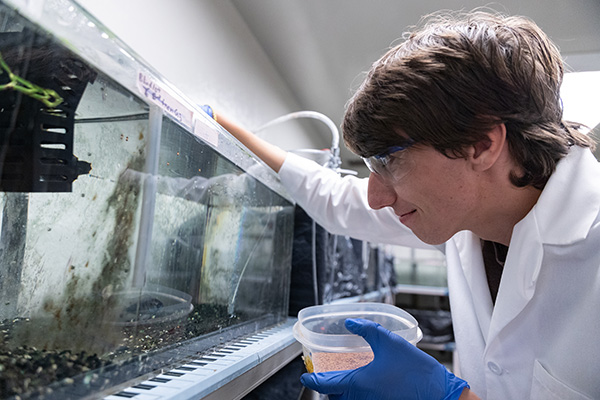
Understanding how new species form is one of the biggest questions in evolutionary biology. If males preferentially fight with others of their own type, it creates a “rare male advantage” for any new color morphs that appear, giving them an edge that can eventually split populations apart.
The findings could reshape our understanding of biodiversity by showing how a single behavioral trait, biased aggression, can drive large-scale evolutionary change. Beyond evolution, the project also offers insights into the neural chemistry of social behavior, a topic relevant to neuroscience more broadly.
A collaborative, global effort
Dijkstra is leading the project in collaboration with Dr. Ryan Wong (University of Nebraska at Omaha) and Dr. Hans Hofmann (University of Texas at Austin). International partners include Dr. Ole Seehausen in Switzerland and Dr. Mary Kishe in Tanzania, linking research teams across three continents.
The award is particularly significant for CMU: the university is the only Michigan institution outside of the state’s largest research-intensive universities to lead a collaborative standard NSF award within the Division of Integrative Organismal Systems (BIO/IOS).
“Dijkstra also notes that the development of this grant was made possible by a seed grant for CMU's Neuroscience Program.”
Opportunities beyond the lab
The newly funded NSF grant will complement the NIH-supported research in the Dijkstra Lab on how competition and social stress affect the brain. Along with advancing this research, the grant will provide hands-on training for CMU undergraduate and graduate students in cutting-edge genetics, neuroscience, and fieldwork, while also supporting outreach efforts such as an interactive cichlid fish exhibit at the Mt. Pleasant Discovery Museum to help children and families engage with science.
